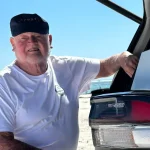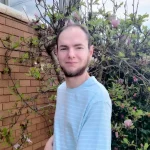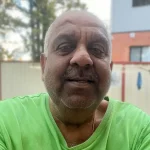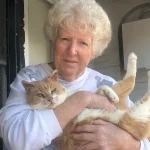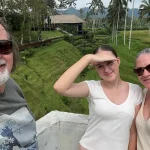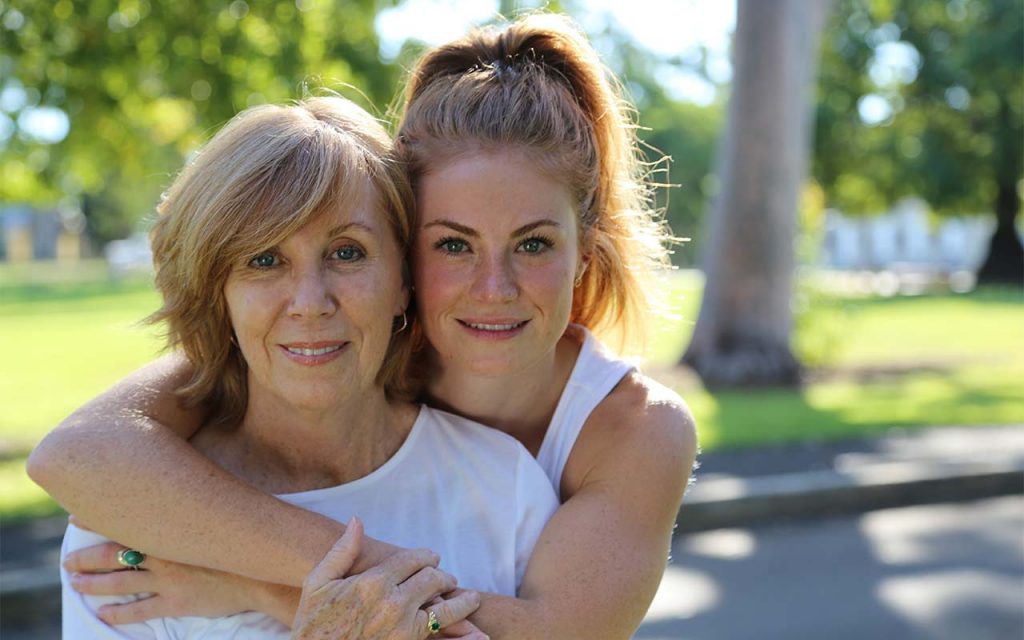My name is Sandie Foreman and I have Mesothelioma.
In March 2016 I went to my GP after experiencing what felt like a pinched nerve in my abdomen. He sent me for a colonoscopy and an X-ray. Everything looked normal except the X-ray had picked up the bottom of my lungs and displayed a 2cm lesion on the pleura of my left lung. He wasn’t concerned, as I have never smoked or worked in an environment that would have exposed me to any dust diseases (or so I thought) and I have always been very fit and healthy.
I had no symptoms at all, I was exercising regularly with no breathing difficulties or cough. He put the lesion down to old scar tissue from a chest infection but advised another X-ray in 3 months just to be safe. The lesion had grown to 2.2cm in 3 months and they picked up another lesion, 0.8cm in size at the top of that lung on the pleura and a couple of 1mm spots on the side and so I was referred to a respiratory specialist. He continued to reassure me that this was most likely nothing as I did not fit any of the markers for any type of lung disease. After a needle and core biopsy, much to the disbelief of the specialist, it was confirmed I had Mesothelioma.
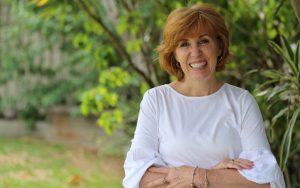 I was referred to a respiratory specialist and took a close friend with me for support as I didn’t know how I would react if it was bad news. In my mind I really felt that nothing would eventuate but if it did then at least it would be something that was easily treatable. They would just cut the lump out, right?
I was referred to a respiratory specialist and took a close friend with me for support as I didn’t know how I would react if it was bad news. In my mind I really felt that nothing would eventuate but if it did then at least it would be something that was easily treatable. They would just cut the lump out, right?
Up until starting chemotherapy in Sept 2016 I was unaffected physically by the Meso. I had 5 rounds of chemo. The first week of each treatment was really tough; nausea, dizziness, tiredness, constipation, thinning and brittle hair, mouth ulcers etc but I got into a rhythm with that and all the tumours reduced in size and heat measurably so it felt worth it. Then in March 2017 I had the operation called EPP (Extrapleural Pneumonectomy) by Professor Tristan Yan, a surgical procedure to remove my left lung. In addition, my pericardium, left diaphragm, part of a rib (that Prof Yan was concerned might have come in contact with the lesion) and the lining of my rib cage was also removed.
Following the surgery, I had 30 rounds of radiation therapy! I was only able to have this treatment program because my cancer was detected early. I was therefore eligible to have the operation that extended my life. Unfortunately, this is not the case for thousands of others due to a lack of resources for early
detection.
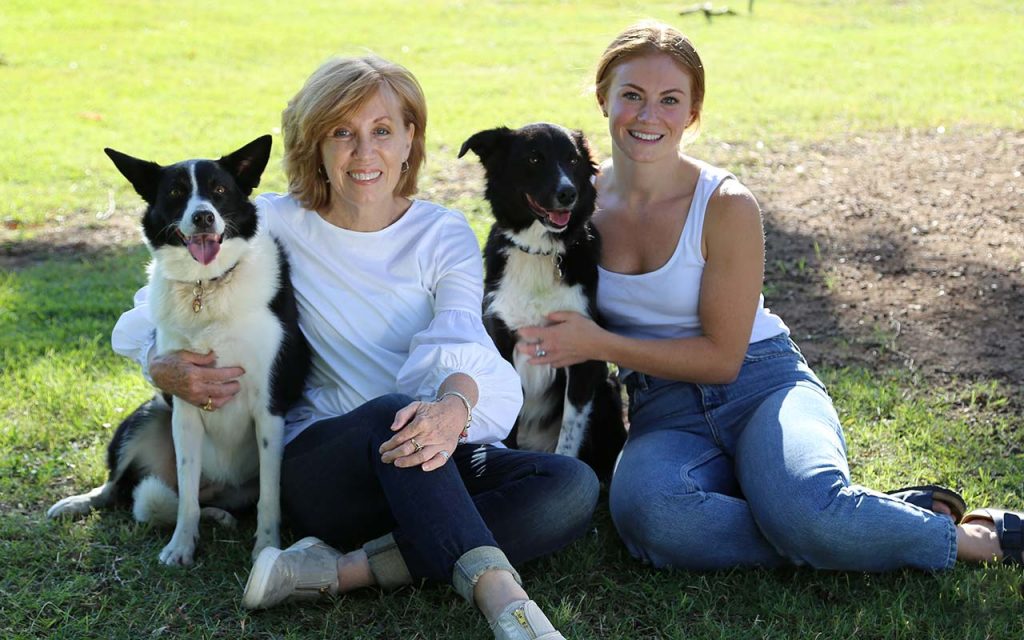 At this point there is no cure and like me a significant number of the 700 new people each year that are diagnosed with Mesothelioma are women and young people who were, many years ago, accidentally exposed to asbestos through their partners or parents, through home renovations or through incidental exposure at work. Most of us had no idea that we had ever been exposed to asbestos.
At this point there is no cure and like me a significant number of the 700 new people each year that are diagnosed with Mesothelioma are women and young people who were, many years ago, accidentally exposed to asbestos through their partners or parents, through home renovations or through incidental exposure at work. Most of us had no idea that we had ever been exposed to asbestos.
Professor Yan says I am either the unluckiest person in the world or the luckiest, I prefer the latter.
The reality is that we desperately need more funding for research into an early detection test and eventually a cure, I am one of the lucky ones as my cancer was picked up early and that enabled me to have treatment, most are not that lucky and don’t have the option of treatment at all. So, please help The Baird Institute so that we can raise more funds for research into this debilitating disease.

